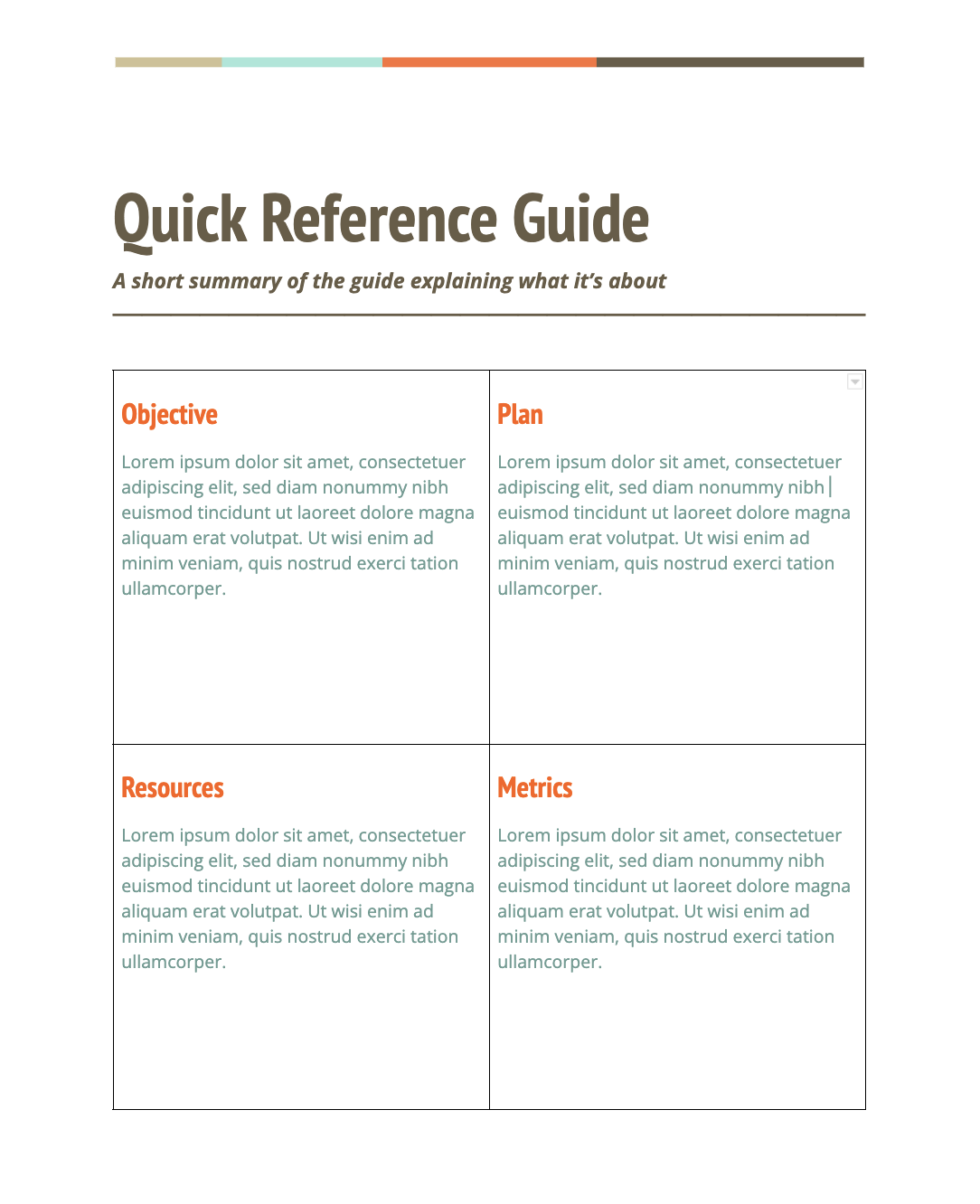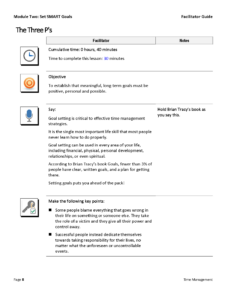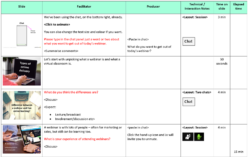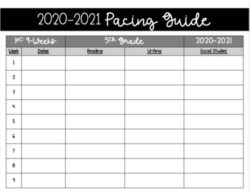Utilizing such a resource can significantly improve knowledge retention and on-the-job performance. By providing a distilled, easily accessible version of training materials, learners can quickly find answers to common questions, reducing the need to revisit lengthy training manuals or interrupt instructors. This fosters greater learner autonomy, boosts confidence, and facilitates smoother implementation of new skills and processes.

This article will delve into the essential components of effective job aids for instruction, exploring best practices for design and implementation to maximize their impact on training effectiveness.
Key Components of an Effective Training Job Aid
Well-designed job aids used during training require specific components to maximize their utility and impact on learner comprehension. These elements ensure the resource remains focused, accessible, and supportive of the learning process.
1. Clear Objectives: The job aid must align with specific learning objectives, providing direct support for the skills and knowledge being taught. This focus ensures relevance and prevents information overload.
2. Concise Language: Simple, direct language, free of jargon and technical terms whenever possible, promotes easy understanding and quick access to information.
3. Visual Clarity: Effective use of formatting, bullet points, whitespace, and visuals (diagrams, charts, images) enhances readability and comprehension.
4. Step-by-Step Instructions: When addressing procedures or tasks, clear, sequential steps presented in a logical order are essential for effective application.
5. Practical Examples: Illustrative examples and scenarios connect theoretical concepts to real-world applications, reinforcing understanding and promoting practical use.
6. Troubleshooting Tips: Including common challenges and their solutions empowers learners to overcome obstacles and apply their knowledge confidently.
7. Accessible Format: The job aid should be available in a convenient format, whether printed, digital, or both, to ensure easy access during and after training.
By incorporating these components, training job aids transform into powerful tools that empower learners, reinforce key concepts, and facilitate successful application of new skills and knowledge. These readily accessible resources ultimately contribute to increased training effectiveness and improved on-the-job performance.
How to Create a Training Job Aid
Developing effective training job aids requires careful planning and execution. A structured approach ensures the final product meets learner needs and supports training objectives.
1. Define Objectives: Clearly articulate the specific learning objectives the job aid will support. This ensures the content remains focused and relevant to the training program.
2. Identify Key Information: Determine the essential information learners need to access quickly during and after training. Focus on core concepts, procedures, and practical applications.
3. Choose a Format: Select a format appropriate for the content and learner needs. Options include checklists, flowcharts, decision trees, or concise summaries. Consider accessibility requirements and the training environment.
4. Develop Content: Write clear, concise instructions using action verbs and straightforward language. Avoid jargon and technical terms whenever possible. Break down complex information into manageable steps.
5. Incorporate Visuals: Use visuals such as diagrams, charts, and images to enhance understanding and engagement. Ensure visuals are clear, labeled appropriately, and directly support the textual content.
6. Review and Refine: Conduct thorough reviews to ensure accuracy, clarity, and completeness. Solicit feedback from subject matter experts and potential users to identify areas for improvement.
7. Test and Evaluate: Pilot test the job aid with a representative group of learners to assess its effectiveness and identify any necessary revisions. Gather feedback on usability and clarity.
8. Disseminate and Maintain: Distribute the job aid to learners in an accessible format. Establish a process for regular review and updates to ensure the information remains current and relevant.
Following these steps facilitates the development of impactful job aids that enhance knowledge retention, support on-the-job performance, and contribute to successful training outcomes. Careful attention to each stage ensures a valuable resource tailored to learner needs and aligned with training goals.
Effective training requires more than just the delivery of information; it demands tools that empower learners to apply knowledge and skills confidently. Concise, well-designed job aids offer a powerful solution, serving as readily accessible resources that reinforce key concepts, clarify procedures, and support practical application. From clear objectives and concise language to visual clarity and practical examples, each component contributes to a resource’s overall effectiveness. Careful planning, development, and evaluation ensure these tools align with learning objectives and meet learner needs, ultimately maximizing the impact of training programs.
Investing in the development and implementation of robust job aids demonstrates a commitment to learner success and organizational effectiveness. By providing these resources, organizations equip their workforce with the tools necessary to navigate new skills and procedures confidently, leading to improved performance, increased productivity, and a more skilled and adaptable workforce.



